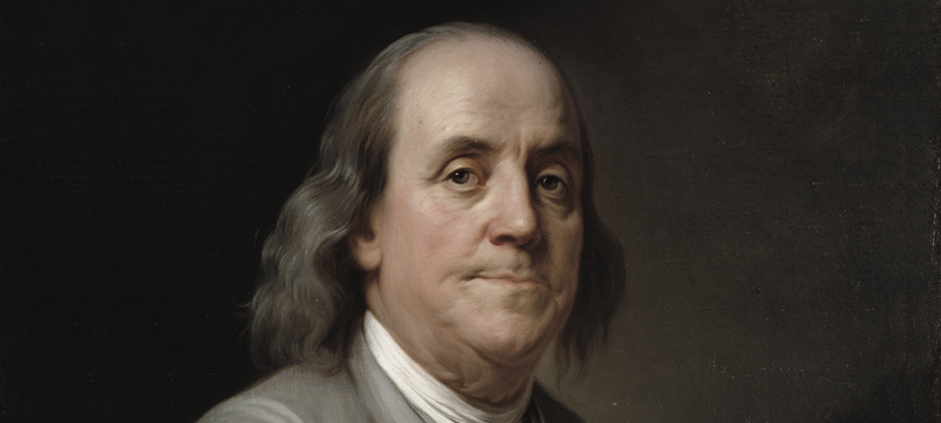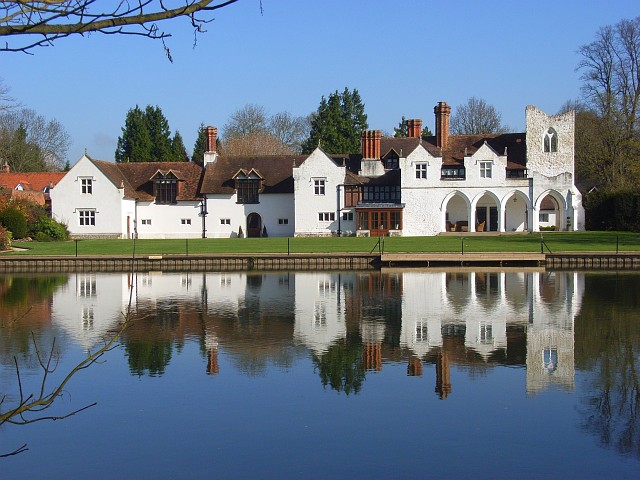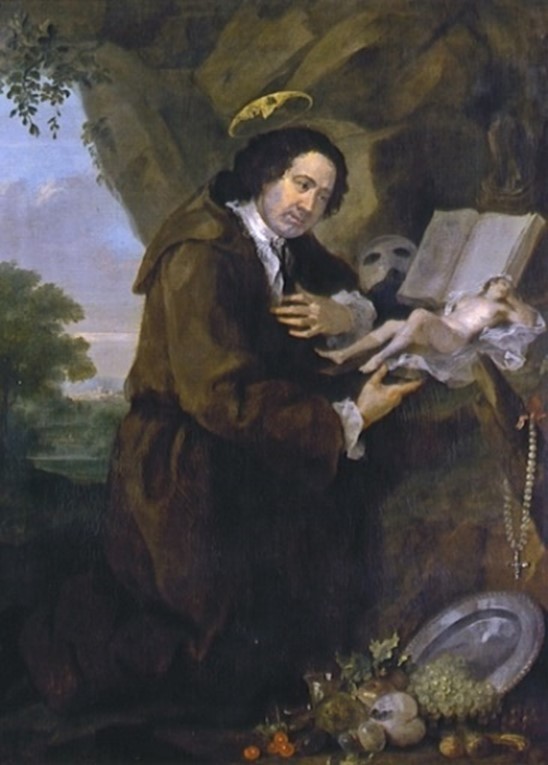BENJAMIN FRANKLIN:” WHO DO YOU SAY THAT I AM?” (PART 6)
BENJAMIM FRANKLIN (1706-1790)

INTRODUCTION
Before we explore Benjamin Franklin’s true religious beliefs, let’s pause to reflect on what Jack Hibbs discussed about him in his podcast. “Moments in History When God Intervened – God’s existence in the formation of America.” Jack said the following among other things:
“Franklin had a Christian upbringing, but he didn’t obey it. But, it was in his head. Isn’t it amazing [that] in later years, in [his] life It [was] him and John Adams that agreed that we have no king but King Jesus? I find that awesome.”
It is very polite of Jack Hibbs to recognize Benjamin Franklin, alongside John Adams, the second President and first Vice-President who assisted Thomas Jefferson in drafting the Declaration of Independence, as two exemplary Christians who acknowledged no king other than King Jesus. “It’s awesome,” as Jack had said. But is it awesome or awful?
However, it is somewhat puzzling for someone as intellectually sharp and dignified in his faith as Jack Hibbs to commend Benjamin Franklin, who rejected the divinity of Jesus Christ. Nevertheless, upon reflection, it may not be surprising when we consider Jesus Christ’s words in Luke 12.
. . . there is nothing covered that will not be revealed, nor hidden that will not be known. Therefore, whatever you have spoken in the dark will be heard in the light, and what you have spoken in the ear in inner rooms will be proclaimed on the housetops. (Luke 12:2-3).
ORIGINAL SIN WAS AS RIDICULOUS AS IMPUTED RIGTHEOUSNESS – BENJAMIN FRANKLIN
(See Lemay, Life, 1:172–206; and Kevin Slack, Benjamin Franklin, Natural Right, and the Art of Virtue (Rochester, N.Y.: University of Rochester Press, 2017), 14–23)
Perhaps Jack could clarify how Franklin managed to reject and dismiss the doctrine of original sin, even while claiming that his only king was King Jesus. During a debate within the Presbyterian Church, Franklin stated that “Original sin was as ridiculous as imputed righteousness.”
His dismissal of the doctrines of original sin and imputed righteousness serves as a clear contradiction and denial of his proclamation that Jesus is his sole King. The Jesus he refers to is evidently a different person, embodying another spirit and promoting another gospel. (2 Corinthians 11:4).
I need to warn Jack Hibbs once again of the serious “woe” in Isaiah 5:20, “Woe unto them that call evil good, and good evil; that put darkness for light, and light for darkness; that put bitter for sweet, and sweet for bitter!”
Referencing Jesus’ warning in Luke 12, which states that everything hidden, and every word spoken in darkness or whispered will ultimately be uncovered, it is important to remind readers that at its core Freemasonry functions as a fraternity centred around esoteric secrets.
“The real secrets of Masonry are never told, not even from mouth to ear. For the real secret of Masonry is spoken to your heart and from it to the heart of your brother. Never the language made for tongue may speak it, it is uttered only in the eye in those manifestations of that love which a man has for his friend, which passeth all other loves.” – South Dakota Masonic Messenger, Feb. 1975 Extracted from the Southern California Research Lodge ‘Fraternal Review’, May 2004.
Not even the undisclosed and secretive aspects of Masonry can escape God’s infinite knowledge. King David recognized God’s awesome wisdom when he penned these words, “Even before a word is on my tongue [yet to be spoken], Behold, O Lord, You know it all.” (Psalm 139:4).
King David understood the significance of fearing the Lord. The Founding Fathers, especially Benjamin Franklin, were religious chameleons, adapting their behaviour as the day transitioned into the night without the slightest glimpse of holy fear.
THE HELLFIRE CLUB
The term “Chameleon Religiosity” particularly applies to the Hellfire Club that Philip Wharton founded, the first Duke of Wharton in London in 1718. En lieu of Wharton’s Hellfire Club, Sir Francis Dashboard established his own Hellfire Club, known as the Order of the Friars of St. Francis of Wycombe in West Wycombe, Buckinghamshire between 1749 and 1760.
It was notorious for its hellish debauchery, wild sex orgies, and even child sacrifices. The inscription “Fay ce que voudras,” which translates to “Do what thou wilt,” appeared above the entrance to the Hellfire Club. This phrase summed up the club’s philosophy of personal freedom and hedonism, as well as its defiance of God’s Ten Commandments, which include the phrase “You shall not” no less than nine times.
The biblical truth that Satan and his followers can transform themselves into an angel of light and ministers of righteousness respectively (2 Corinthians 14:14-15), perfectly illustrated the church that Dashwood built above the Hellfire Caves.
The church, St. Lawrence’s Church, was constructed on top of a hill, directly above the caves where the Hellfire Club held their meetings. By day they were pious “Christians” (the kind Jack Hibbs calls “awesome” because King Jesus was their only king), and by night they changed into devils. The members referred to themselves as “Devils,” and their chief potentate as “The Devil,” and participated in so-called mock religious ceremonies.

The mansion, Medmenham Abbey, was built in 1595 on the site of a Cistercian abbey. To the right are the ruined folly tower and cloister that were added in 1755 for Sir Francis Dashwood.
Members of the club included some of the most influential figures of the time, such as Thomas Potter, John Wilkes, John Montagu, William Hogarth, George Dodington, Benjamin Bates II, and others. Even Benjamin Franklin is thought to have been a member, as he is recorded as staying at Medmenham Abbey during a meeting, a privilege reserved for Hellfire members only.
WHAT MADE MEDMENHAM AND THE HELLFIRE CLUB SUCH A NEFARIOUS PLACE TO VISIT?
The club members unmistakably adopted their motto, “Do as Thou Wilt!” from Rabelais’s Abbey of Thélème, which is prominently displayed above the grand entrance of Medmenham Abbey. This phrase was particularly interpreted in a sexual context, reflecting the members’ inclination towards both homosexual and heterosexual orgies. There was no ambiguity in their intentions; the club was explicitly created and utilized for the purpose of worshiping Satan.
Sir Francis Dashwood, 11th Baron le Despencer, took out a lease on Medmenham Abbey in 1751. He transformed the medieval ruin into a Gothic-style residence, which became the meeting place of a group of men who met at regular intervals throughout the year for “conversation and convivial dinners”. These men were called the Friars of the Order of St. Francis of Wycombe.

A portrait of Francis Dashwood by William Hogarth from the late 1750s, parodying an image of Francis of Assisi. The Bible has been replaced by a copy of the erotic novel Elegantiae Latini sermonis, and the profile of Dashwood’s friend Lord Sandwich peers from the halo.
The Friars of St. Francis, adorned in their monastic garments, concealed their debauched way of life beneath a facade of “Christian” piety. In truth, their primary focus was on carnal pleasures, which was accompanied by their blatant irreverence of the Bible and its followers of Christ Jesus. With the inclusion of Francis Dashwood, the Friars numbered twelve, representing the twelve apostles of Christ or the inner circle as they were known.
Chrysal, or The Adventures of a Guinea, a novel by Charles Johnstone, is a prime source about the Friars. It is in Chrysal that blasphemy and Satanic rites are mentioned:
“Every sacred rite of religion was profaned, hymns and prayers were dedicated to the Devil.’ Banquets were held in the chapel, and brothers vied with each other in ‘gross lewdness and impiety.” – C. Johnstone, Chrysal, or The Adventures of a Guinea, 1908 edn, 387.
In 1763, Horace Walpole, the Earl of Orford, travelled to Medmenham after John Wilkes revealed the scandalous activities taking place there, which earned Wilkes the ire of Francis Dashwood. Walpole offered further details about the Friars’ activities, mentioning that each ‘monk’ had an individual cell, equipped with little more than a bed, allowing them to invite any woman they desired. He also noted the Rabelaisian inscription above the entrance and the statues that Wilkes had mentioned.
The statues played a significant role in the sexual escapades of Dashwood, his Friars, and their associates. The garden, grove, orchard, and surrounding woods served as symbols of the passions and vulnerabilities of the younger monks, who seemed to have engaged in their desires in a manner that was both natural and uninhibited.
The inscriptions and sculptures placed throughout the gardens suggested that this area was intended for the pursuit of sensual enjoyment. Notably, a statue of Venus, depicted in the act of removing a thorn from her foot, was strategically placed at the entrance of a cave.
This statue faced away from the observer, providing an unobstructed view of her two snow-like hills (buttocks), beneath which a Latin inscription declared: “Hic est locus, ostende ubi relinquamus. Hoc est nostrum Elysium, et mollis laetitia.” (“This is the place, show where we go to cleave behind. This is our Elysium, and soft gladness.”).
Elysium, also referred to as the Elysian Fields or Elysian Plains, is a concept of the afterlife that evolved over time and was upheld by various Greek religious and philosophical groups.
Initially, it was distinct from the Greek underworld, known as Hades. Access beyond the river Styx was limited to mortals who were connected to the gods and other heroes. The river Styx plays a significant role in the rituals of the Bohemian Grove.
Eventually, the criteria for entry broadened to include those favoured by the gods, the virtuous, and the brave. These individuals would reside in the Elysian Fields after death, experiencing a blessed and joyful afterlife, and enjoying the pleasures they had cherished in life, including sex.
Sir Francis enhanced his park with a cave complex, showcasing his distinctive preferences. The caves were formed as a result of the large-scale extraction of chalk for road construction. This site became known as the entrance to the Underworld, traversed by the River Styx, where he and the Friars engaged in rituals, orgies, and Black Masses.
Wikipedia, which Jack Hibbs solemnly dismisses as a source of revisionism, writes as follows:
Hellfire Caves West Wycombe underneath the Dashwood Curch
The unusual design of the caves was much inspired by Sir Francis Dashwood’s visits to Italy, Greece, Turkey, Syria and other areas of the Ottoman Empire during his Grand Tour. The caves extend 0.25 miles (400 m) underground, with the individual caves or “chambers” connected by a series of long, narrow tunnels and passageways.
A route through the underground chambers proceeds, from the Entrance Hall, to the Steward’s Chamber and Whitehead’s Cave, through Lord Sandwich’s Circle (named after John Montagu, 4th Earl of Sandwich), Franklin’s Cave (named after Benjamin Franklin, a friend of Dashwood who visited West Wycombe), the Banqueting Hall (allegedly the largest man-made chalk cavern in the world), the Triangle, to the Miner’s Cave; and finally, across a subterranean river named the Styx, lies the final cave, the Inner Temple, where the meetings of the Hellfire Club were held, and which is said to lie 300 feet (90 m) directly beneath the church on top of West Wycombe hill.[2]In Greek mythology, the River Styx separated the mortal world from Hades, and the subterranean position of the Inner Temple directly beneath St Lawrence’s Church was supposed to signify Heaven and Hell.- Hellfire Caves – Wikipedia
Jack Hibbs would most likely dismiss it as nothing else than conspiracy theories and naïve revisionism. However, he readily admits that “He (Benjamin Franklin) liked the ladies,” (plural) and even fathered a child with one of these ladies (plural). Where did he encounter these women? It must have taken place underground, as he would never have attempted it above ground, where he, in a display of Christian devotion, composed a so-called new version of the Lord’s Prayer.
He translated the 6th commandment as follows:
And become thy dutiful Children and faithful Subjects.
Thy Kingdom come.
The coming Kingdom of God on earth, also known as the Millennial Kingdom on earth, has nothing whatsoever to do with becoming the dutiful children and faithful subjects of God. No one can enter his Kingdom unless they had already become his dutiful children and faithful subjects through repentance and faith in His Gospel, a feature Benjamin Franklin woefully lacked.
Could this be why the entire world lies in the evil one?
We know that we are of God, and the whole world lies under the sway of the wicked one.(1 John 5:19).
